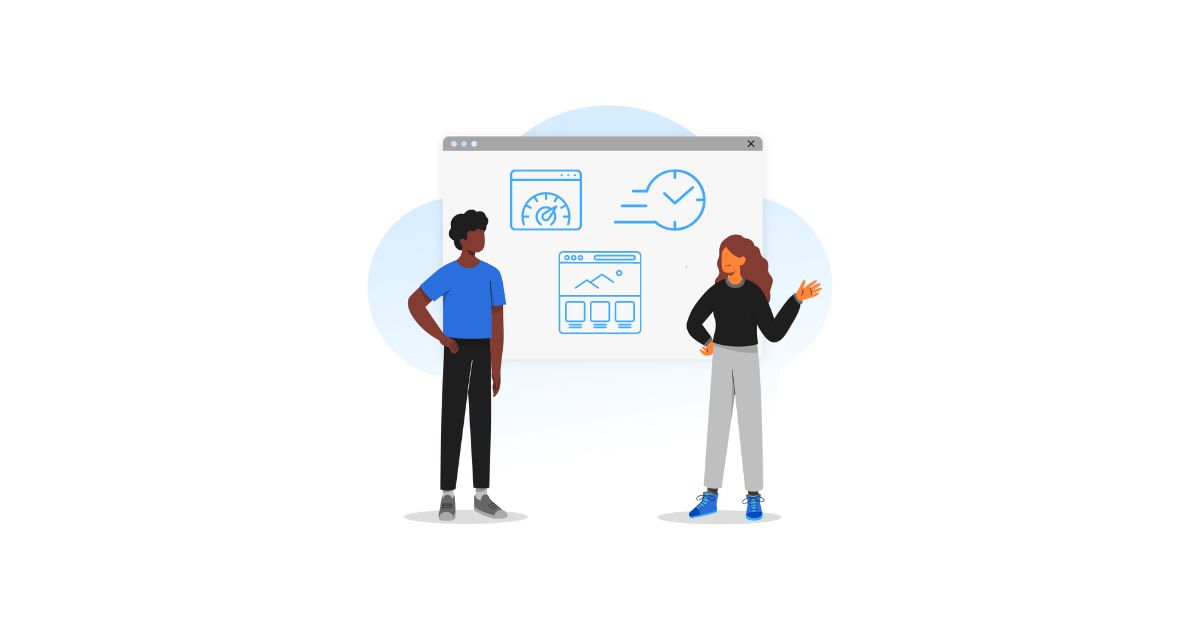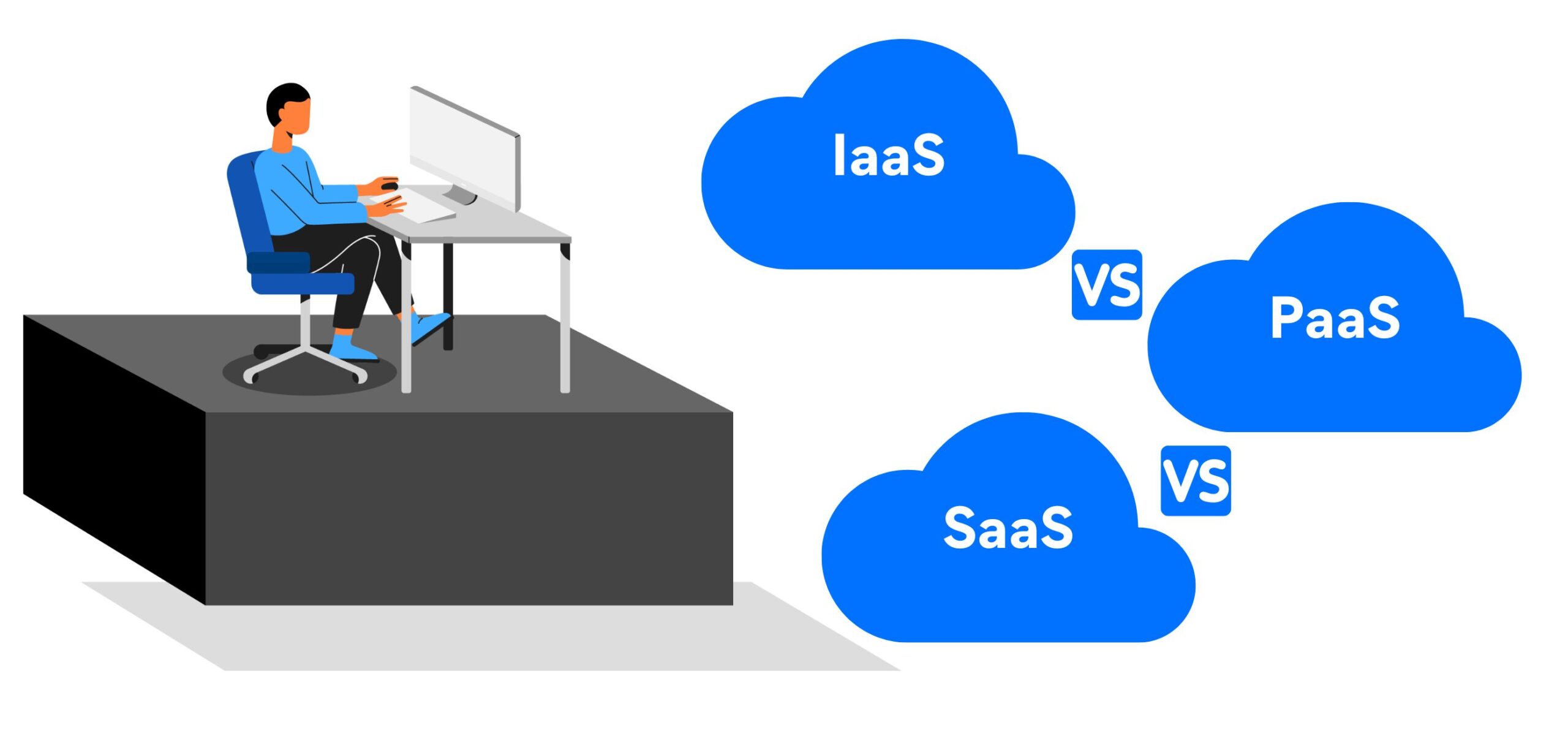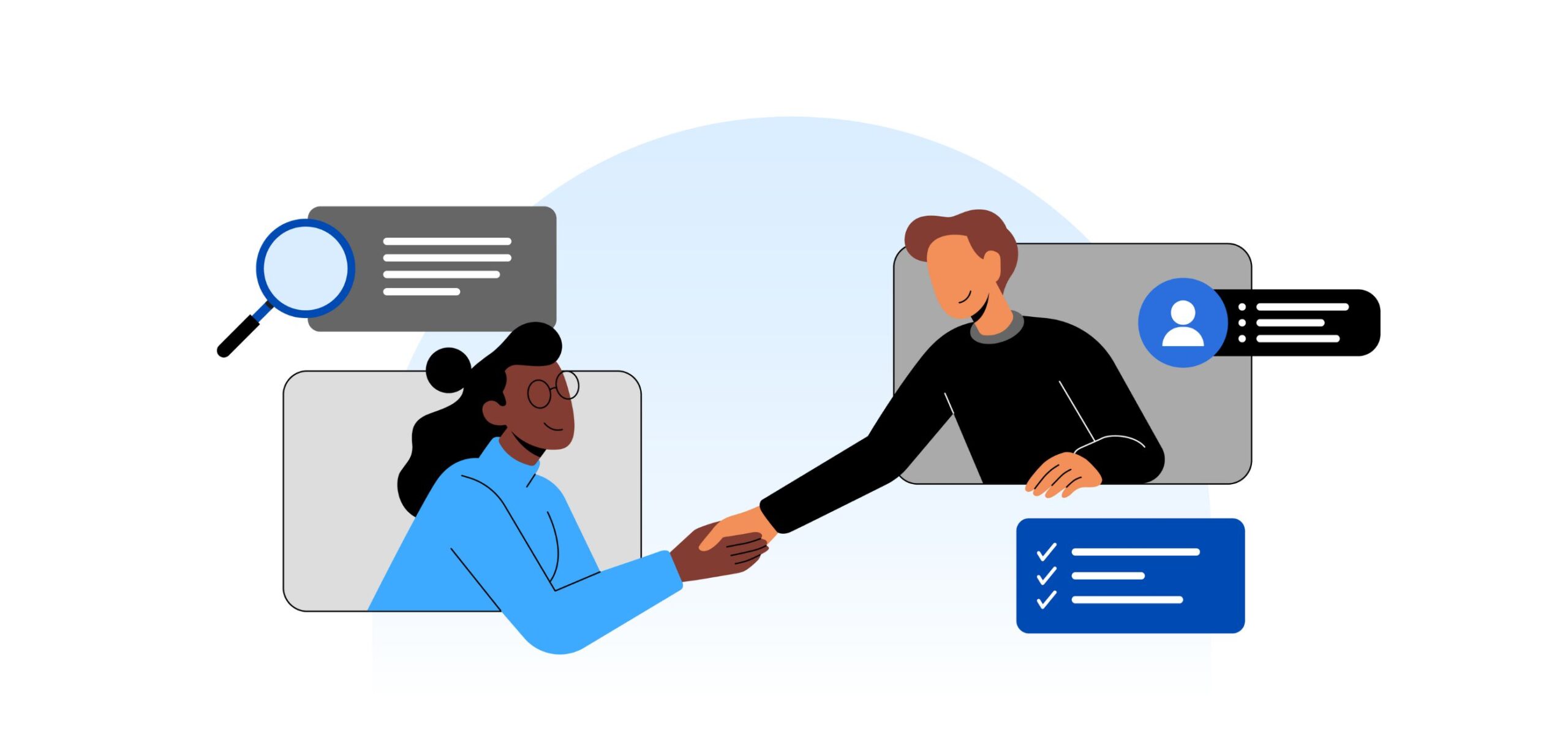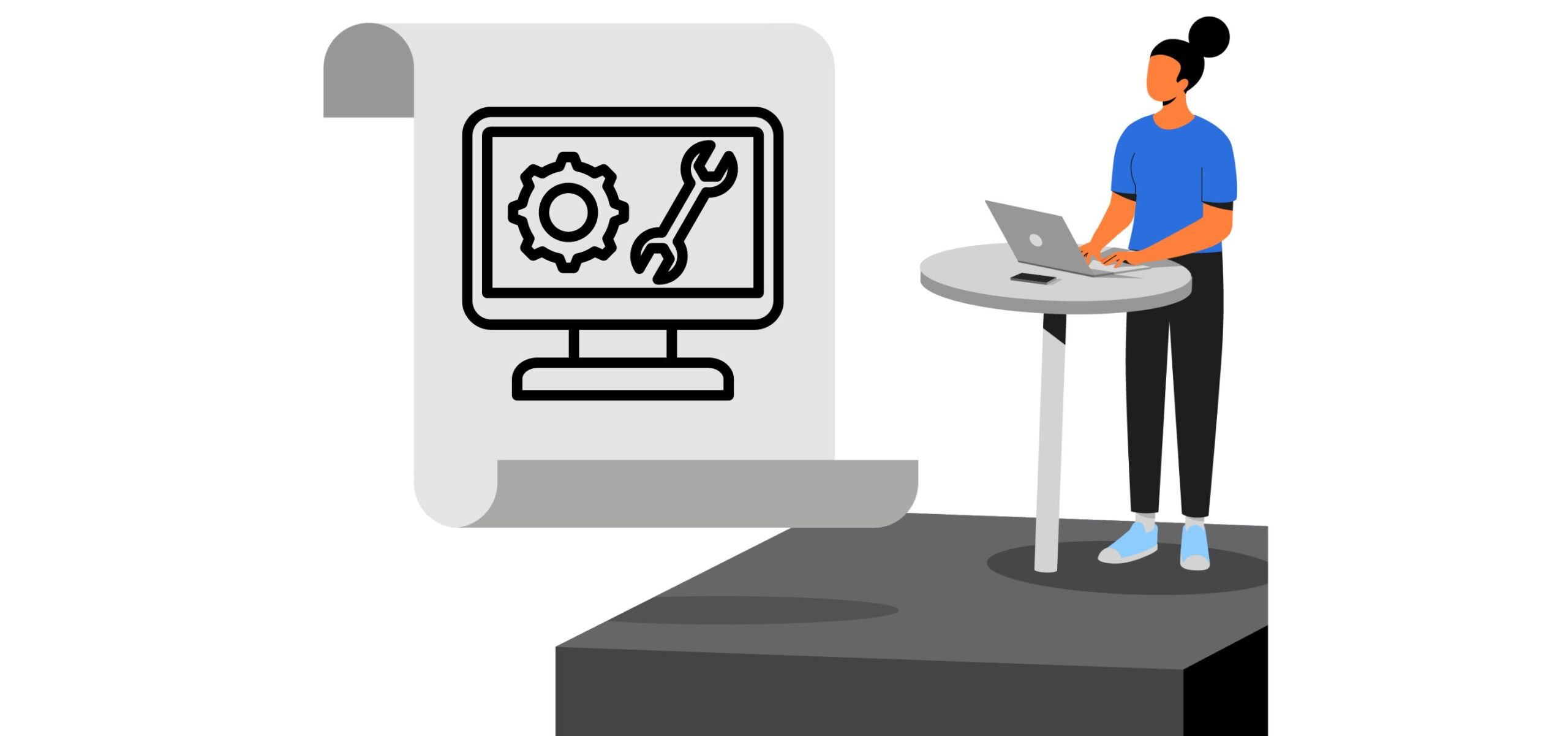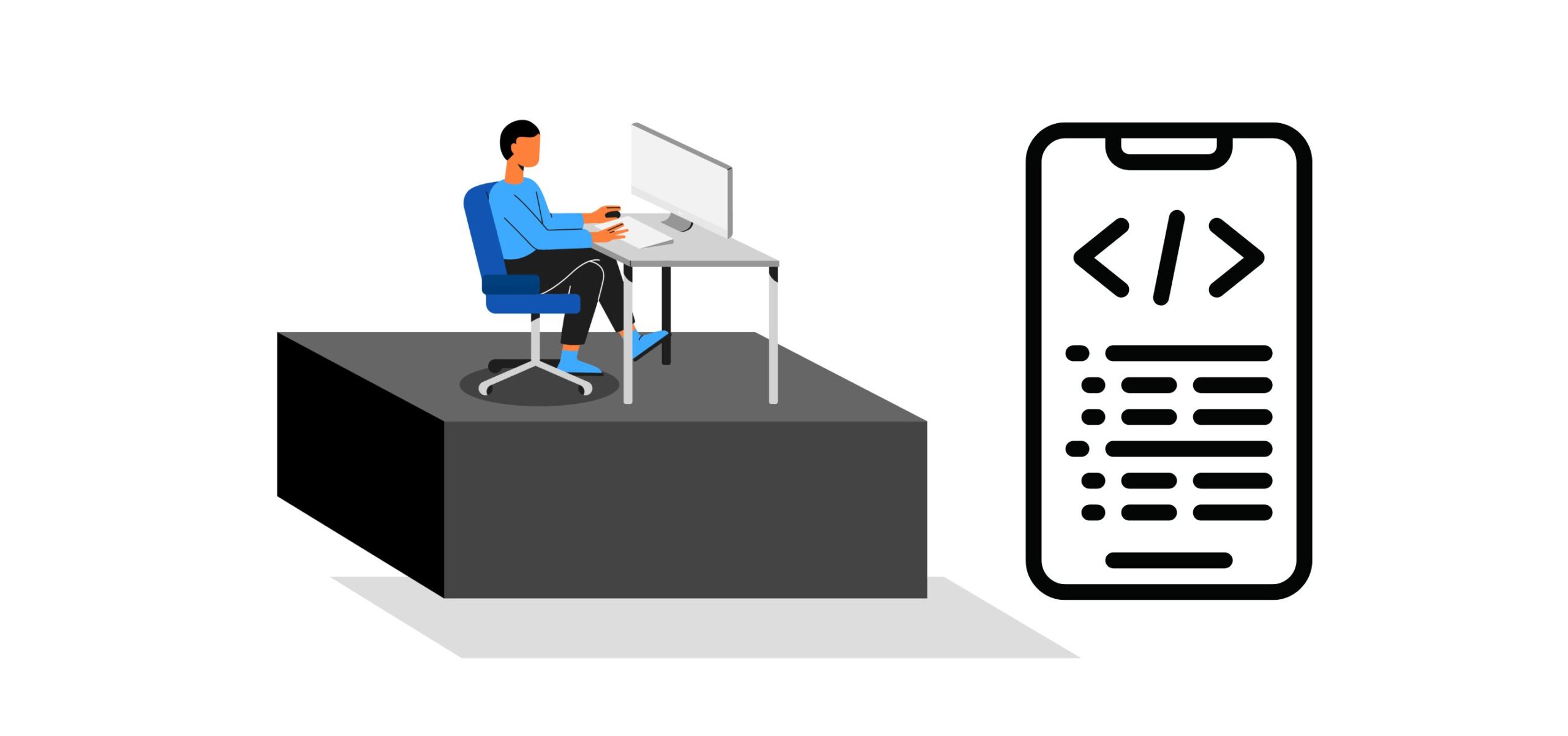Core Web Vitals: What Are They and How to Improve Them?
Today, having a fast, smooth, and user-friendly website has become more important than ever. In order to enhance the experience of users on websites that it ranks, the search giant Google in May 2020 announced its Core Web Vitals, which are a group of user-focused metrics designed to measure a web page’s “health” when it comes to providing a smooth user experience.
These essentially stand as KPIs (Key Performance Indicators) for developers and a clear area of optimization for web technologies.
Also, read: The 9 Best KPIs for Your SaaS Platform
What are Core Web Vitals?
Core Web Vitals are a set of metrics that measure a website’s performance and user experience. These metrics are designed to help developers as well as non-tech-savvy folks understand how their site is performing from a user’s perspective and identify areas that need improvement. Therefore, expertise in performance isn’t needed to tell how well a site performs against another. A Core Web Vitals report can help you understand this.
Core Web Vitals are a subset of the Web Vitals and each targets a distinct facet of a user’s experience
The Core Web Vitals metrics include Largest Contentful Paint (LCP), First Input Delay (FID), and Cumulative Layout Shift (CLS). Let’s take a look at them one by one.
-
Largest Contentful Paint (LCP)
Largest Contentful Paint (LCP) is a metric that measures the loading speed of a page. It is calculated as the time it takes for the largest image or text block on a page to load and become visible to the user. A good LCP score is typically 2.5 seconds or less. A slow LCP can lead to a poor user experience, as users are likely to abandon a site that takes too long to load. -
First Input Delay (FID)
First Input Delay (FID) is a core web vitals metric that measures the responsiveness of a website. It is calculated as the time it takes for a website to respond to a user’s first interaction with the site, such as clicking a button or typing in a text box. A good FID score is typically 100 milliseconds or less. A slow FID can lead to a poor user experience, as users are likely to become frustrated with a site that takes too long to respond to their actions. -
Cumulative Layout Shift (CLS)
Cumulative Layout Shift (CLS) measures the visual stability of a website. It is calculated as the total amount of layout shifts that occur on a page due to changes in the layout, such as images or text blocks that move or resize while the page is loading. A good CLS score is typically 0.1 or less. A high CLS score can lead to a poor user experience, as users are likely to become frustrated with a site that changes unexpectedly or feels unresponsive.
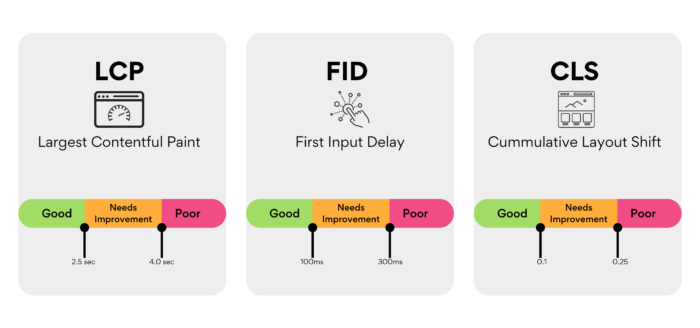
Core web vitals
Why are Core Web Vitals important?
Core Web Vitals are important for several reasons. Firstly, they help webmasters understand how their site is performing from a user’s perspective. By tracking and measuring the performance of their site, webmasters can identify areas that need improvement and make changes to create a better user experience.
Secondly, Core Web Vitals are a ranking factor for search engines like Google. Sites with poor Core Web Vitals scores are likely to rank lower in search results, making it more difficult for users to find them. On the other hand, sites with good Core Web Vitals scores are likely to rank higher, making it easier for users to find them.
Finally, Core Web Vitals are important because they directly relate to user experience. A site with poor Core Web Vitals scores is likely to have a poor user experience, leading to high bounce rates and low engagement. On the other hand, a site with good Core Web Vitals scores is likely to have a better user experience, leading to low bounce rates and high engagement.
How to improve Core Web Vitals?
There are several steps you can take to improve Core Web Vitals. Here are some of the most effective methods:
-
Optimize images and other media
One of the most common causes of slow LCP scores is large, unoptimized images and other media. To improve your LCP score, you should optimize all images and other media on your site by reducing their file sizes and compressing them where possible. You can use tools such as Kraken.io or TinyPNG to automate this process. -
Minimize JavaScript and CSS
JavaScript and CSS are essential for many modern websites, but they can also slow down page load times if not optimized properly. To minimize the impact of these files on your Core Web Vitals scores, you should minimize their size and use techniques such as lazy loading and asynchronous loading to reduce the amount of code that needs to be processed on page load.
Also, read: 11 Great Websites to Test Your Code Online -
Improve server response times
Another key factor in improving your Core Web Vitals scores is the speed of your server. If your server is slow to respond to requests, it can negatively impact your FID scores. To improve your server response times, you should ensure that your server is running on modern hardware, optimize your database queries, and use caching and other performance optimization techniques where possible. -
Avoid intrusive ads and pop-ups
Intrusive ads and pop-ups can also negatively impact your CLS scores by causing layout shifts on your pages. To avoid these issues, you should minimize the use of intrusive ads and pop-ups and ensure that any that are used are positioned and sized in a way that minimizes layout shifts. -
Use tools to monitor and track your Core Web Vitals scores
Finally, it’s essential to use tools to monitor and track your Core Web Vitals scores over time. This will help you identify areas where your site is underperforming and take action to improve your scores. Google provides a number of tools to help you monitor and track your Core Web Vitals scores, including the PageSpeed Insights tool and the Chrome User Experience Report.
In sum
Core Web Vitals are a set of metrics that are critical to the success of any modern website. By understanding what they are and how they impact user experience, you can take steps to improve your scores and create a better user experience for your visitors. Whether you’re a webmaster or a business owner, it’s essential to stay up-to-date on the latest developments in Core Web Vitals and take action to ensure that your site is performing at its best.
Are you a web developer looking for a high-paying remote job with flexible work timings? Try Turing! Top US companies are hiring web developers with Turing. Head over to the Apply for Jobs page to know more!
Join a network of the world's best developers and get long-term remote software jobs with better compensation and career growth.
